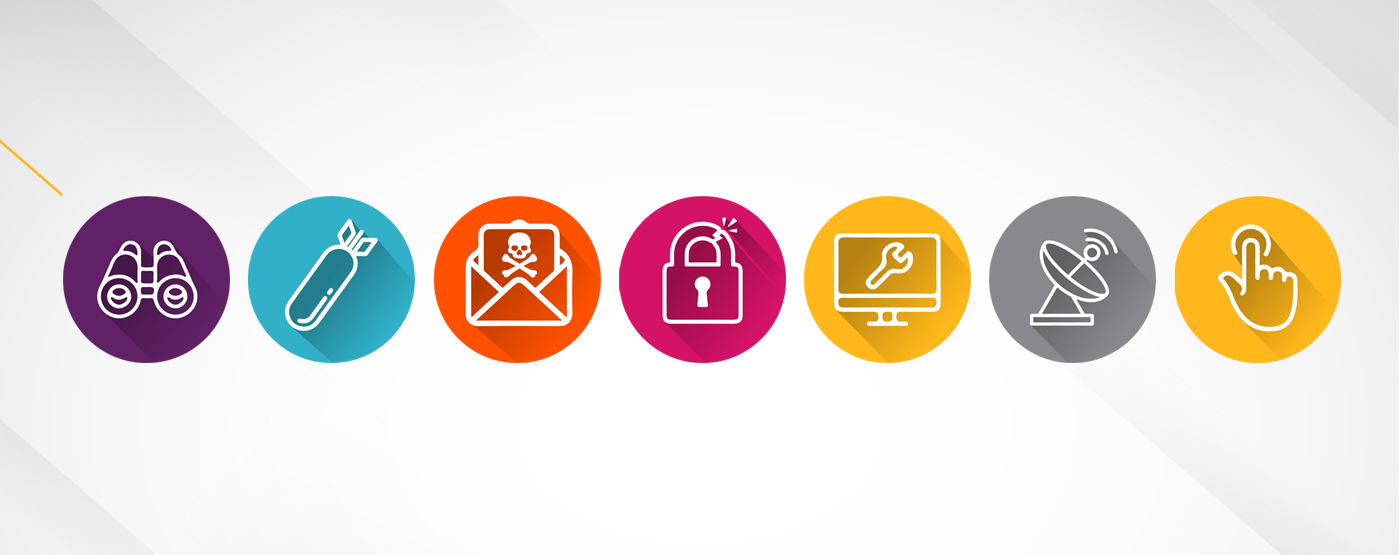Anatomy of a Cyber Attack—and How You Can Protect Your Practice

According to FireEye’s 2019 report, Beyond Compliance: Cyber Threats and Healthcare, the healthcare sector is often a target for bad actors. Unfortunately, the ramifications of a cyber attack on a dental practice can be far reaching—especially if protected patient information is compromised.
Cyber criminals often follow a familiar pattern, and there are steps you can take during the different stages of an attack to protect your practice. Named the “Cyber Kill Chain” by Lockheed Martin, this model outlines seven steps the cyber criminal must take in order to achieve their goal (please note that there are instances where steps are combined or skipped).
In this chart below, I have outlined the various stages in the kill chain and what you can do to mitigate damage to your office.
|
Stage in Kill Chain |
Actions You Can Take |
|
|
|
Reconnaissance |
|
|
|
Weaponization |
Adversary creates weapon - no action can be taken |
|
|
Delivery |
|
|
|
Exploitation |
|
|
|
Installation |
|
|
|
Command and Control |
|
 |
Actions on Objectives |
|
During a recent expert panel on best practices for protecting your practice, I went into more detail on the anatomy of a cyber-attack and what you can do to protect your practice. You can view the video below.
Anatomy of a Cyber Attack—and How You Can Protect Your Practice from Carestream Dental on Vimeo.

- Practice Management
- Industry News
- Tips and Best Practices











